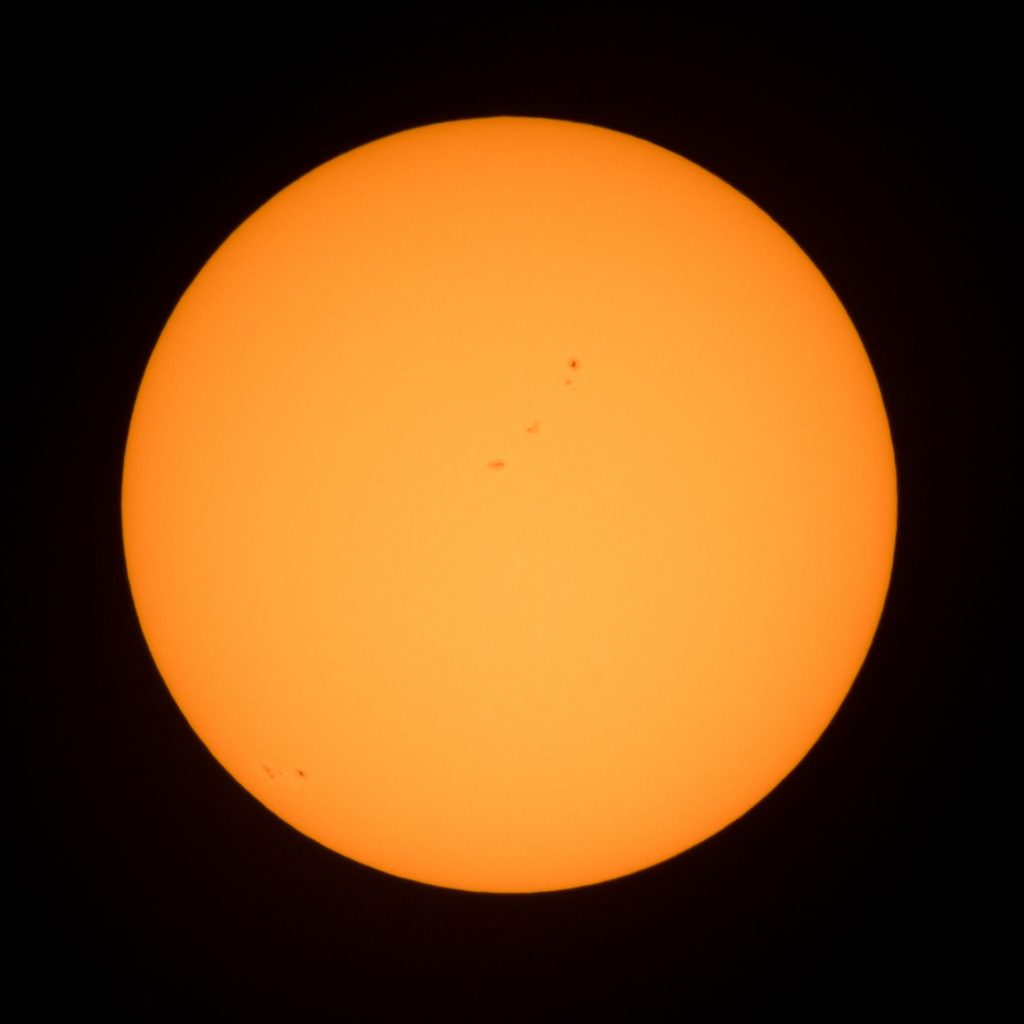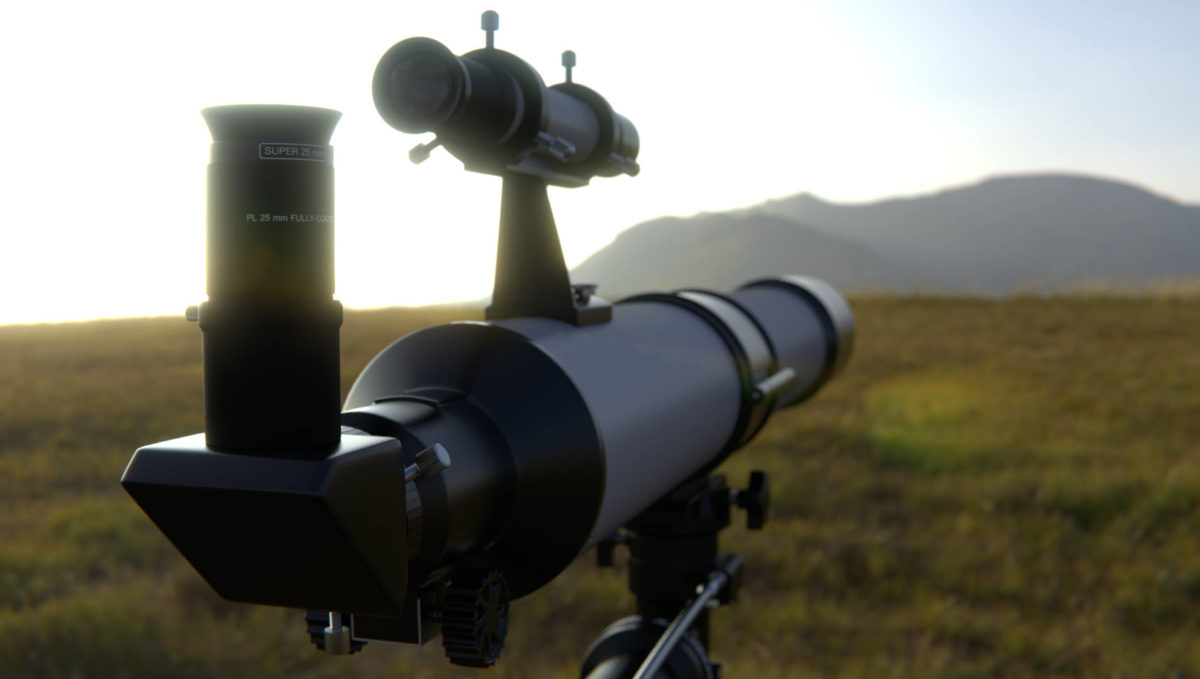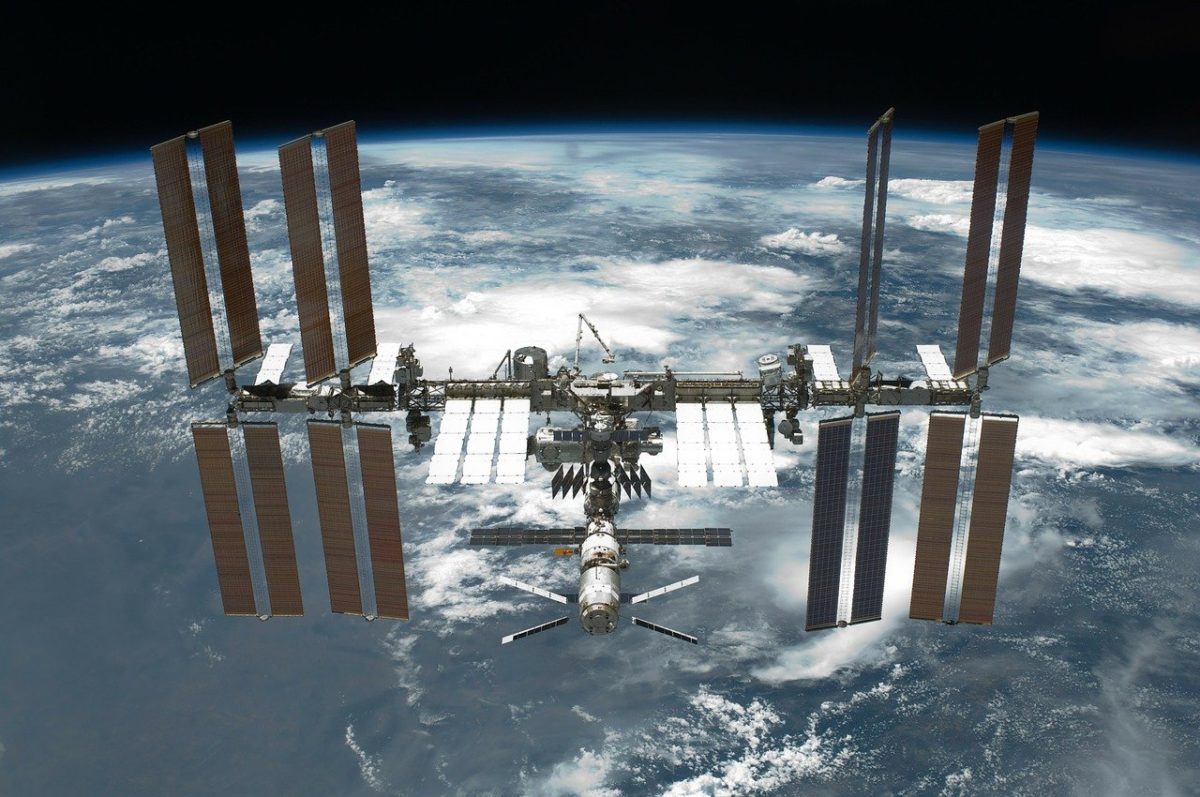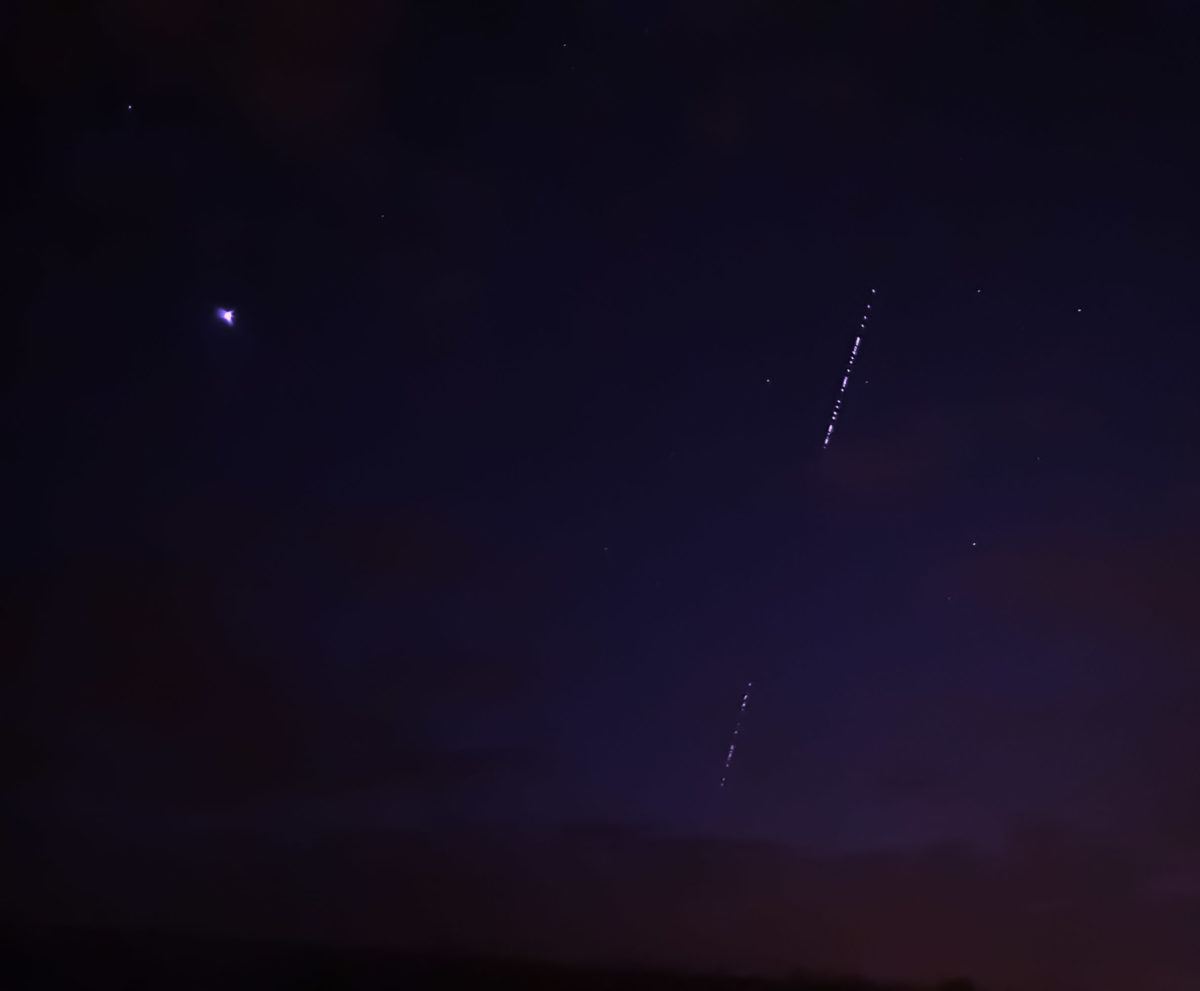The polar day has almost arrived in Vadsø and the night sky is almost as bright as during the daytime. Therefore, the stars, planets and other sky objects will not be visible anymore during “classical” stargazing sessions, under a dark night sky! But we at Aurora Labs, did find a possibility to enjoy the sky from an astronomical point of view nevertheless – even in daylight!
The International Space Station, or ISS as it is commonly known, is today the largest man-made object that flies in space, at around 400 km altitude above Earth. And because it has the size of a football field, it is big enough to be seen even from our planet!
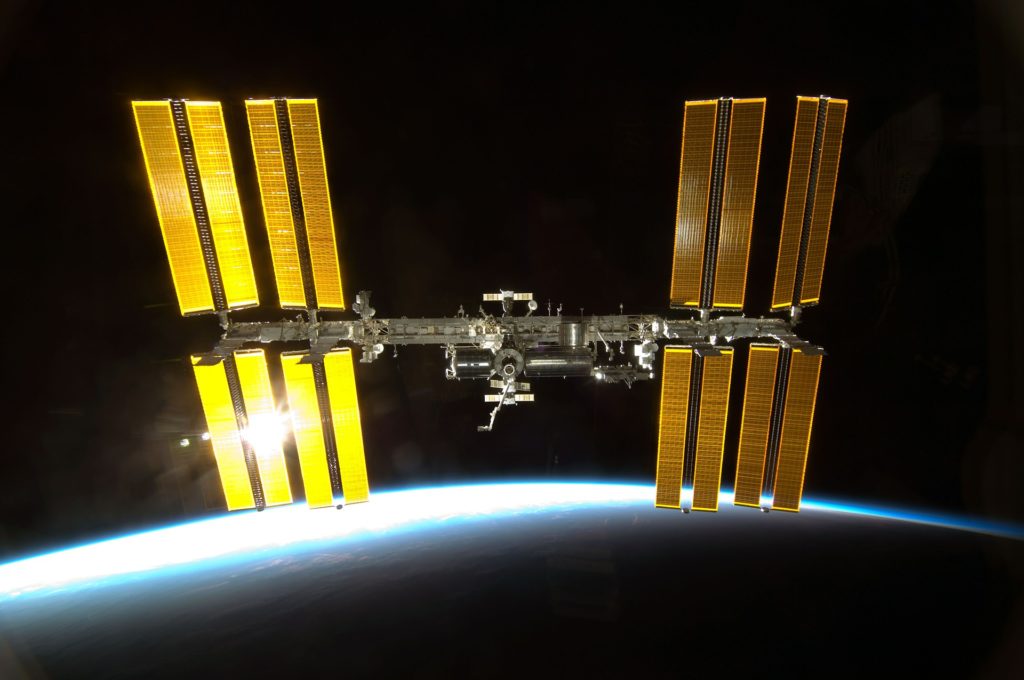
Things are easier at night: if you look at the sky, the ISS will appear as a very bright star (approximately the same brightness as planet Venus). Because it is so bright, it should be seen even from urban areas! The bright dot suddenly appears on the horizon, moves steadily without changing speed or direction, and disappears again below the horizon. And it doesn’t blink as a plane does. If you’ve ever seen something like this, chances are that you’ve spotted the ISS! In addition, there are online tools and phone apps which calculate for you when ISS should be visible in your exact location – such as, for example, Spot the Station, provided by NASA.
You don’t need a telescope to see this show; however, to the naked eye, the ISS looks like a bright dot, with no other features. A telescope would permit you to see some features, as solar panels for example.
During the day, things are more difficult. At night, ISS is seen because it reflects the light of the already set Sun. During the day, however, a possibility to see ISS is when it passes across (or transits) the face of the Sun. And what a great sight that is! Be careful though, in order to see this great show, you need a properly equipped telescope with solar filters when you look at the Sun, otherwise the light of our star is so bright, that it can create even blindness!
Multiple photographers around the world have taken such photos of the ISS transiting the Sun or moon. ISS travels at a speed of around 28.000 km/h, so, can you imagine how precise you need to be in order to capture such a moment that only lasts less than half a second? Because – yes – the ISS transiting the Sun or moon lasts less than 0.5 seconds!
One of the most recent photos of this kind, is the one taken by the photographer Mack Murdoc from Los Angeles, which is a composite photo showing the ISS as it passed across the Sun.

During daytime hours, besides the ISS, it is possible to see even planets, such as Venus, transiting the Sun! In the photo below, the black dot is not a sunspot, as you might believe, but it’s no other than planet Venus!

And here, meet Mercury as the small black round dot (you can also see sunspots in this picture, and how different they look compared to the perfect round shape of a planet):

The Moon is also sometimes visible in the sky during the daylight, and with a properly equipped telescope, you can see its features really well, too!
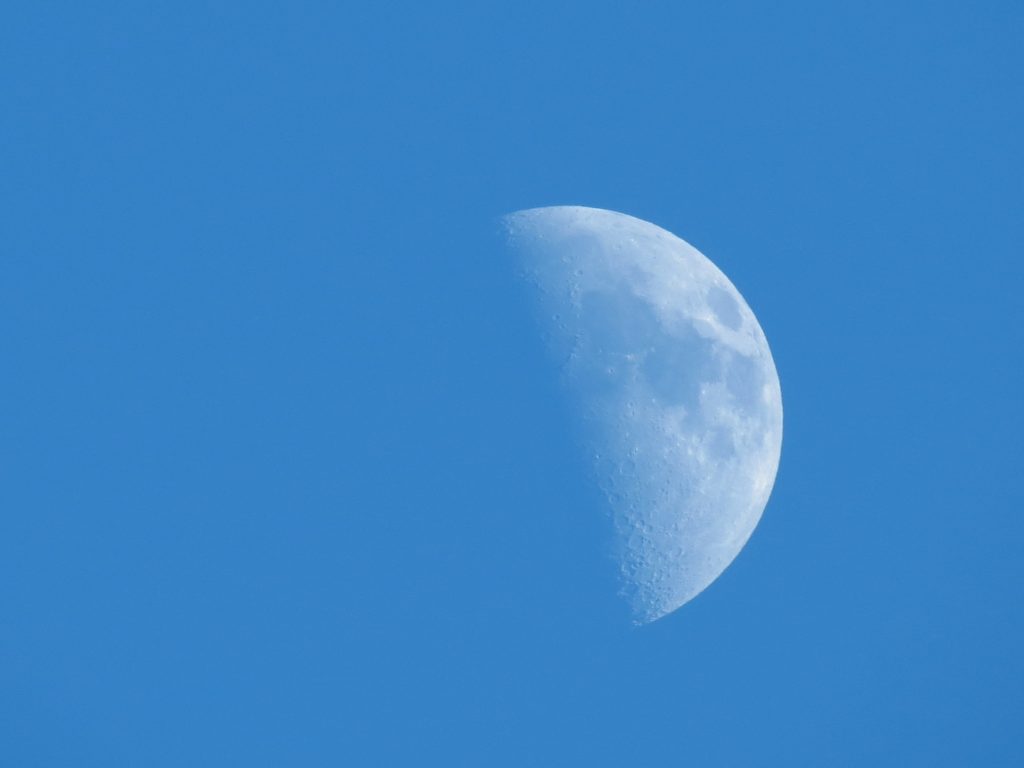
Last but not least, our Sun is a star, just like the million others out there that you can see in the night sky! Therefore it can be observed with a telescope as well! A specially equipped telescope with solar filters, of course, to protect your eyes from the extremely bright light! If you visit me here in Vadsø, I offer this activity as part of the Cloud Spotting under the Midnight Sun activity and we’ll have a look at our star and at its sunspots!
